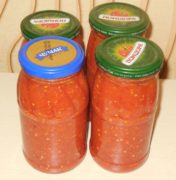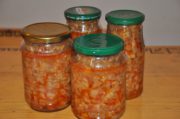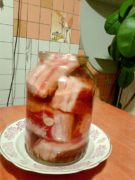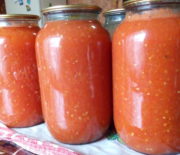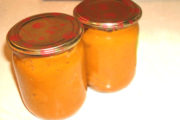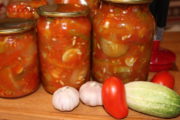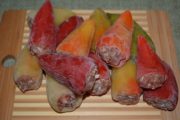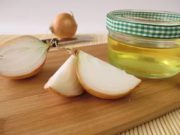Classic Bulgarian lyutenitsa with eggplants for the winter
I suggest housewives take note of a recipe for a very tasty spicy sauce made from baked vegetables. This sauce is called lyutenitsa, and we will prepare it according to the Bulgarian recipe. The name of the dish comes from the word “fiercely”, that is, “spicy”.
Time to bookmark: Summer, Autumn
The process of preparing lyutenitsa is labor-intensive, but it certainly will not disappoint lovers of spicy seasonings.
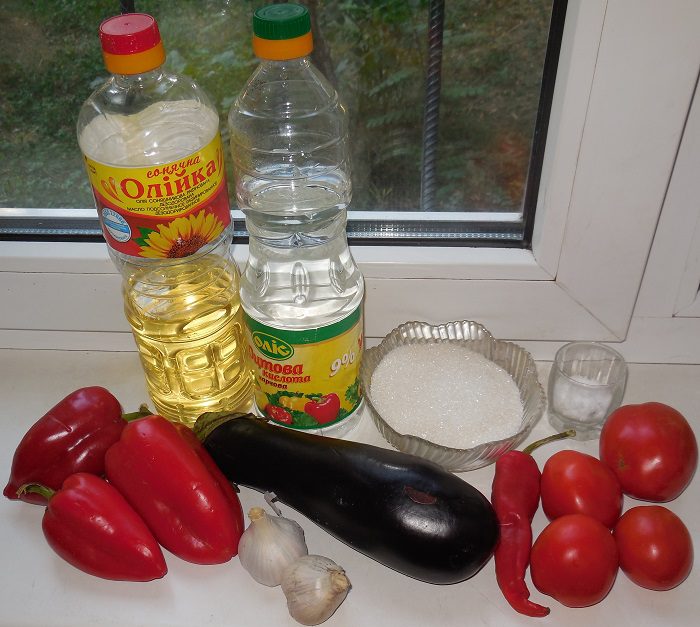
Ingredients:
• bell pepper – 2 kg;
• eggplants – 1 kg;
• tomatoes – 3 kg;
• garlic – 200 gr;
• granulated sugar – 150 g;
• vegetable oil – 200 ml;
• vinegar – 100 ml;
• salt – 2 tbsp. (without slide);
• hot pepper – 4 pods.
We start cooking with the right choice of vegetables. To prepare Bulgarian-style lyutenitsa, be sure to choose a red salad pepper; the color of the pepper does not affect the taste, but the color of the finished sauce with red salad pepper will be more appetizing. Be sure to take large eggplants. Large fruits will have more pulp, which we need to thicken the sauce. Try to choose juicy and ripe tomatoes (even slightly overripe ones).
How to prepare lyutenitsa for the winter at home
At the beginning of preparing lyutenitsa, we need to wash the tomatoes, eggplants and lettuce peppers under running water.
Next, we will bake the little blue ones in the oven over medium heat.
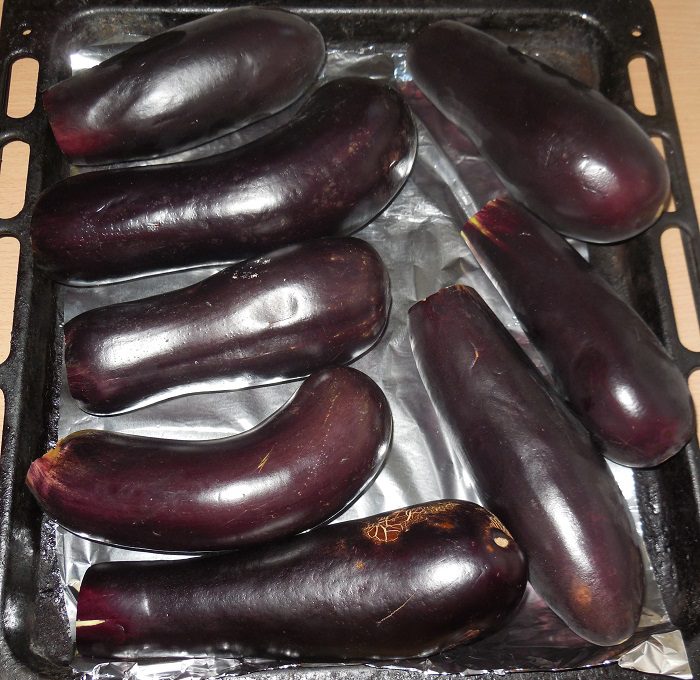
In terms of time, large-sized fruits are baked, usually for half an hour.
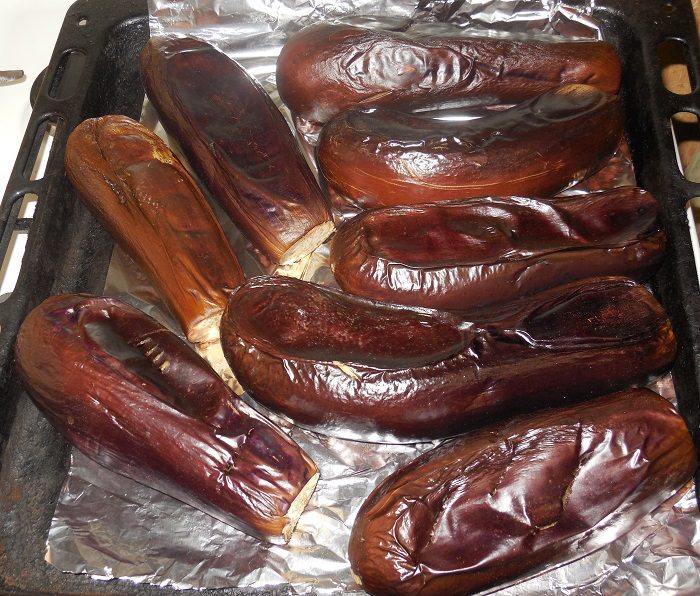
Baked eggplants need to be placed under pressure so that excess liquid drains from them.
We need to remove the skin from the cooled baked eggplants.
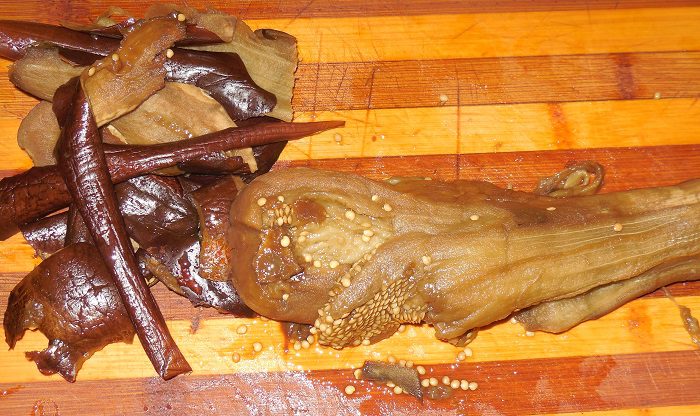
Grind the eggplant pulp in a blender or meat grinder.
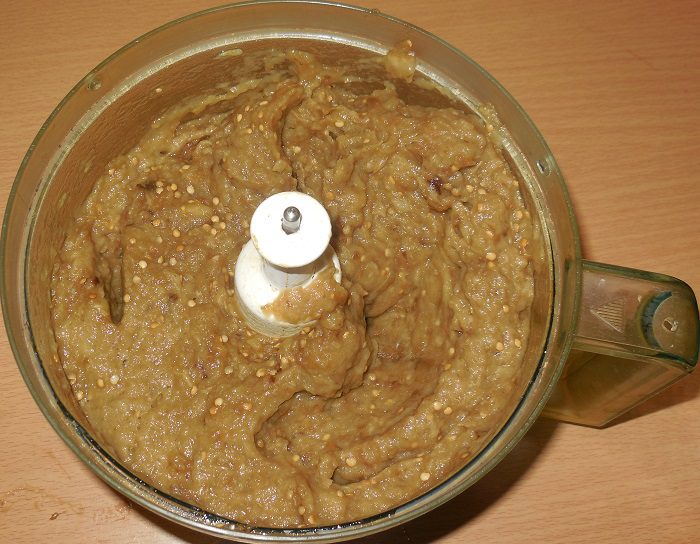
At the next stage, we bake the lettuce pepper on a baking sheet in the oven for twenty minutes.
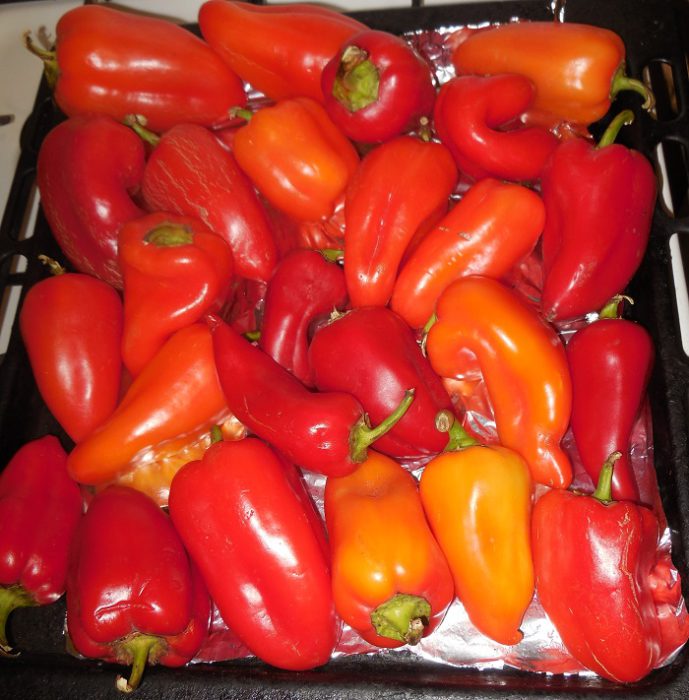
During the baking process, you need to open the oven several times and turn it over so that it bakes evenly.

Place the baked peppers in a deep bowl and cover with cling film.
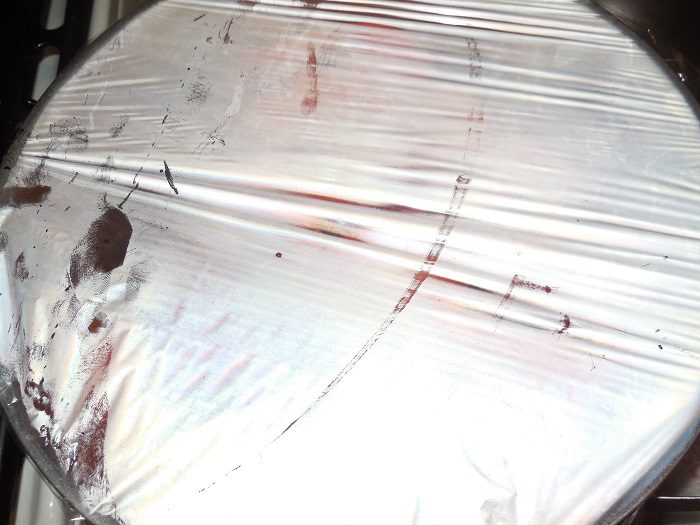
The peppers should “sweat” under the film for ten minutes. After this, we easily remove the outer films from them and remove the centers.
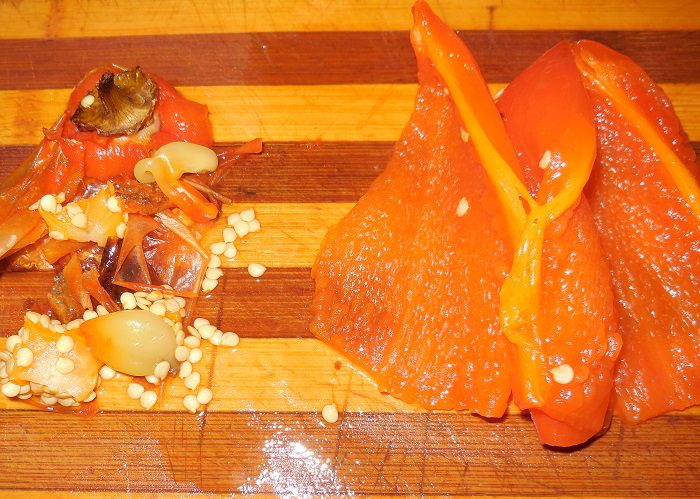
Grind the peeled pulp using a blender or meat grinder.
In order for the consistency of the finished lyutenitsa to be pleasant and uniform, we also need to remove the skin of tomatoes. To do this easily, cut the skins of the tomatoes crosswise and blanch them for 2-3 minutes in boiling water.

After this procedure, the skin from the tomatoes can be easily removed by hand.

We also grind the peeled tomatoes as well as the blue peppers.
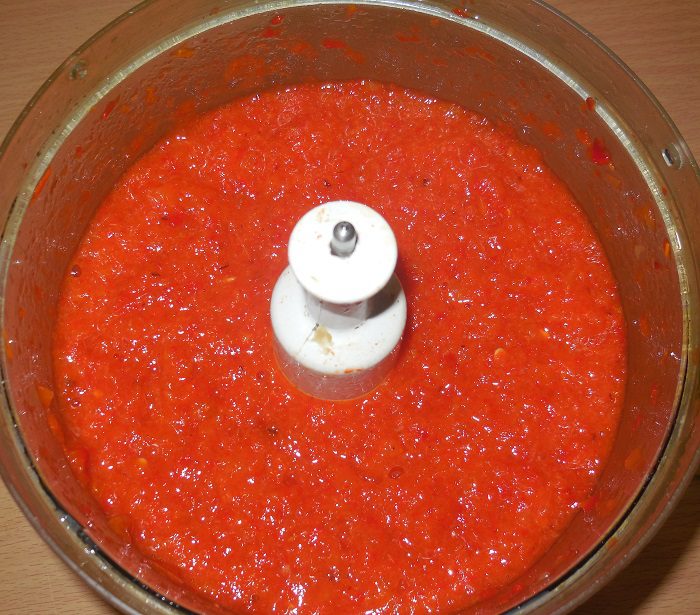
Pour the tomato puree into a stainless steel container, bring to a boil and cook over medium heat, stirring occasionally, for half an hour.

While the tomato puree is boiling, we peel the garlic, and remove the seeds and stem from the hot pepper.
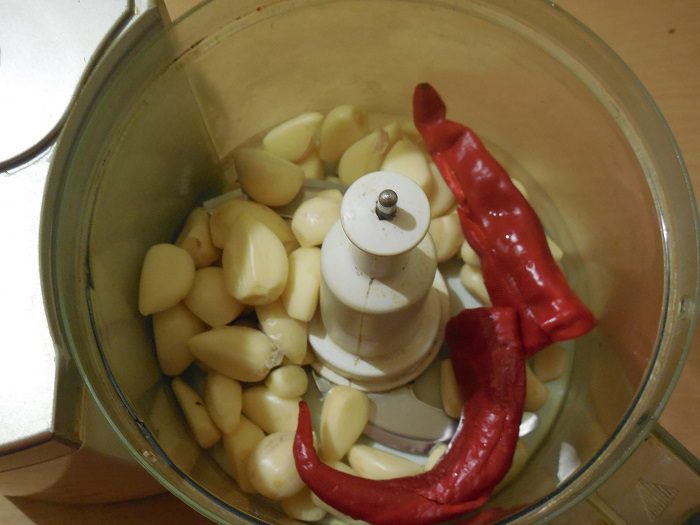
We grind.
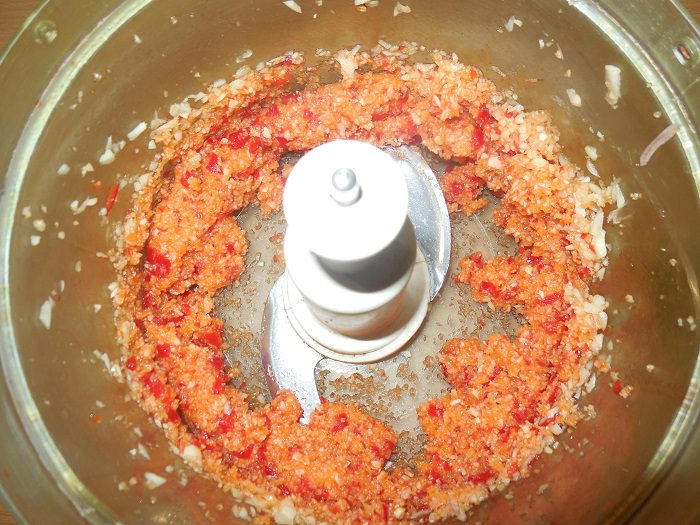
Add chopped lettuce and blue peppers to the tomato puree boiled to the desired thickness, mix and bring the mixture to a boil.
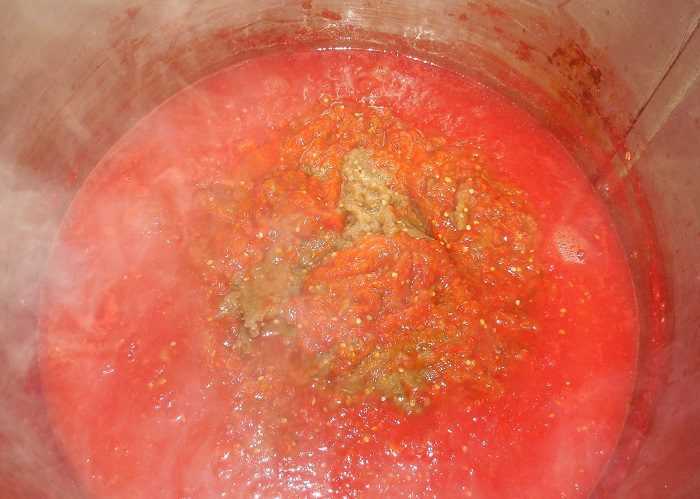
Then, add sugar, salt, hot pepper and garlic and simmer our preparation over low heat for another ten minutes.
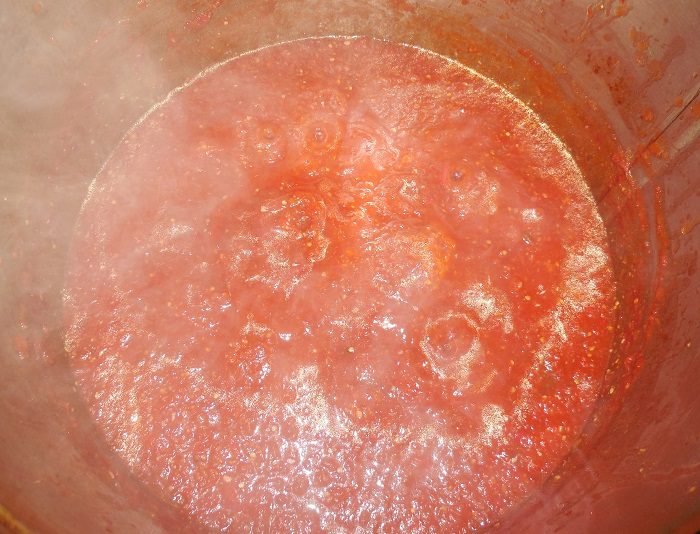
Turn off the heat, add vinegar to the lyutenitsa, mix and pack hot in pre-washed jars volume 0.5 l.
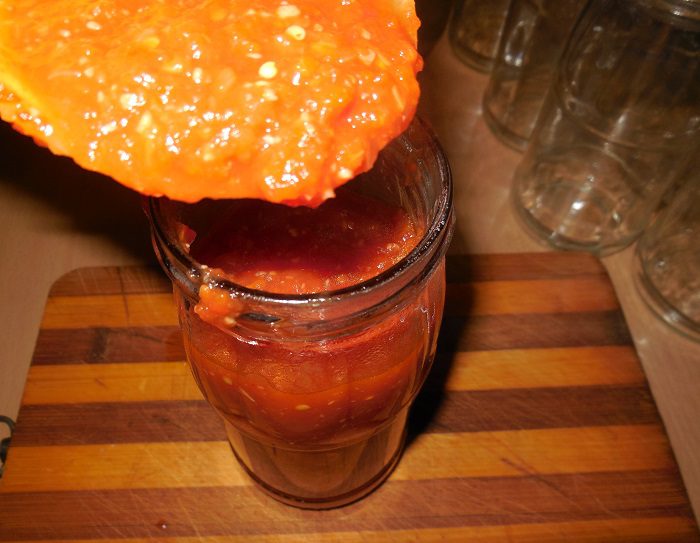
Cover the jars with lids and set to sterilize for fifteen minutes.
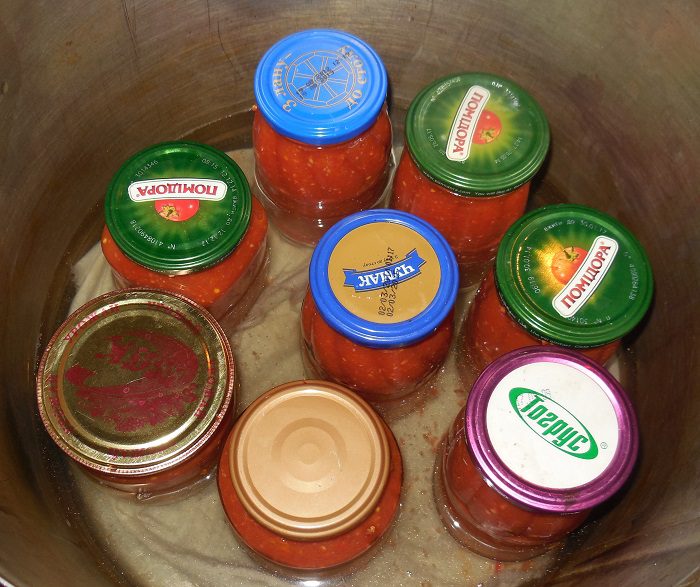
After sterilization, roll up the lids and leave the jars to cool.
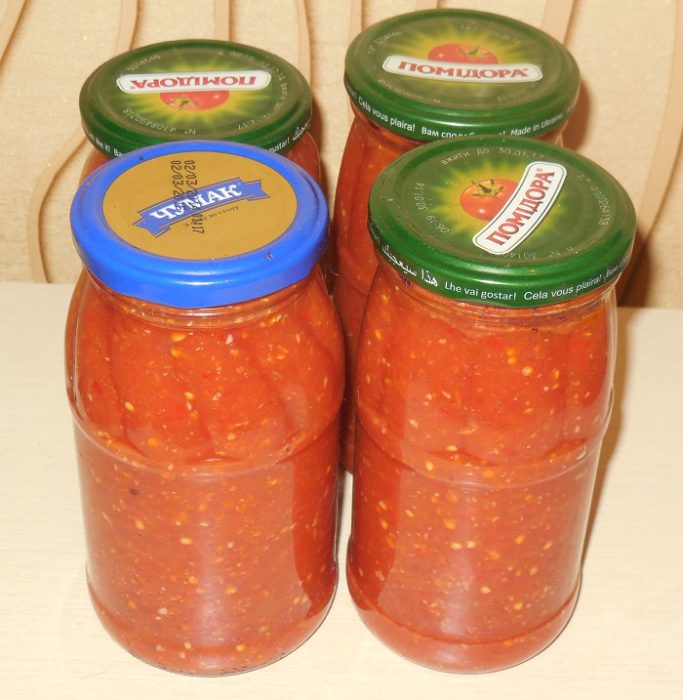
Our workpiece no longer requires additional wrapping.
Yes, a lot of work was spent on preparing the Bulgarian lutenitsa, but the seasoning turned out to be a pleasant thick consistency, spicy and tasty - well, just finger-licking.
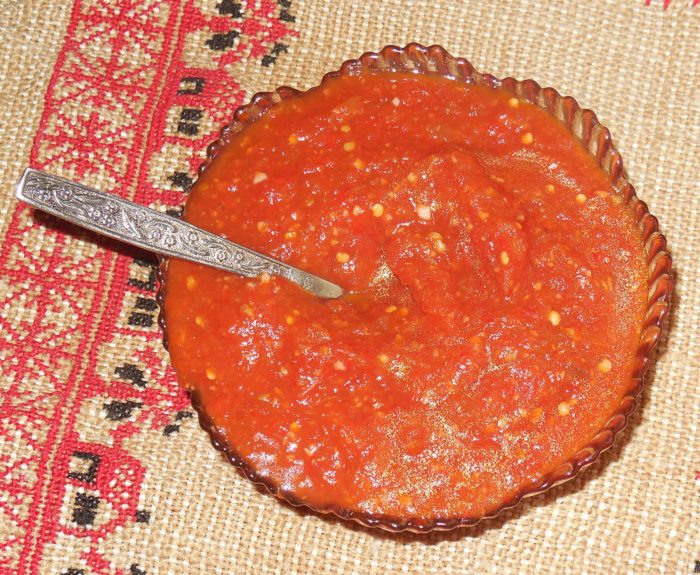
Bulgarian-style Lyutenitsa goes well with meat, fish or just fresh bread. Also, this aromatic and tasty sauce can be added to first courses.

